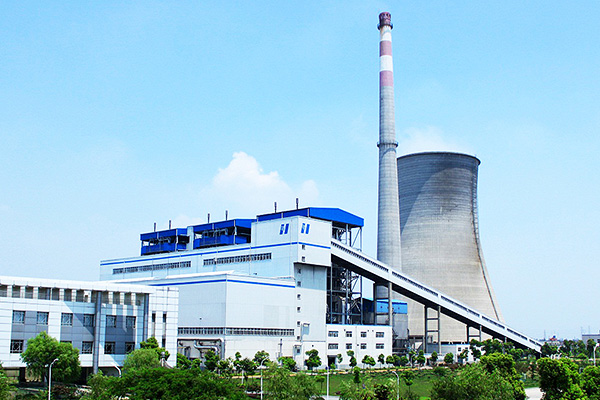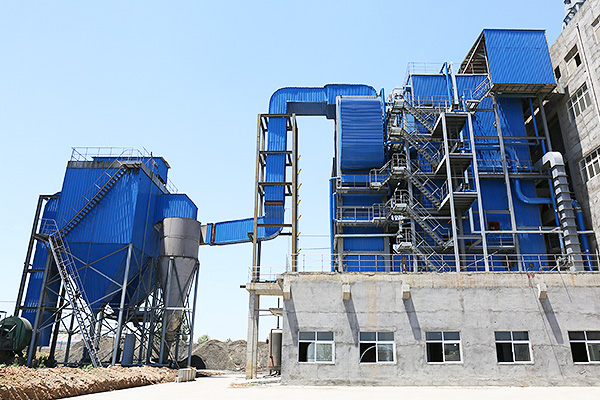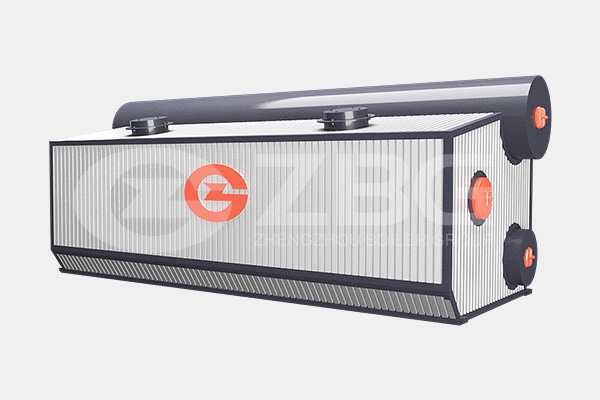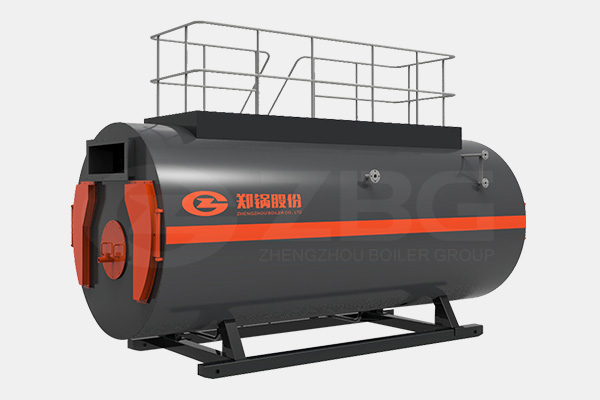Direct Method and Indirect Method for Boiler Efficiency Calculation
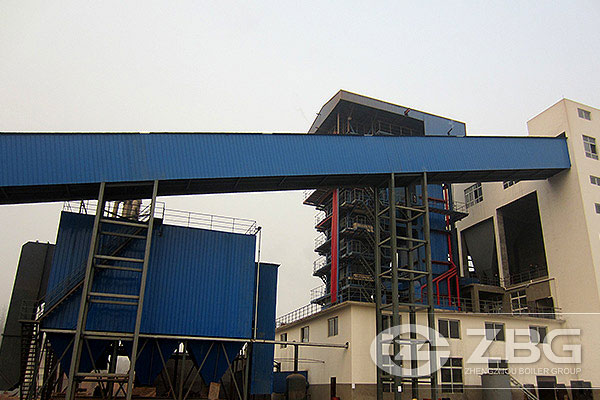
Thermal efficiency % of (heat) energy input that is effectively useful in the generated steam BOILER EFFICE CALCULATION 1)DIRECT METHOD: 2) INDIRECT METHOD: The energy gain of the the efficiency is the working fluid (water and steam) different between losses is compared with the energy and energy input 25 content of the boiler fuel.
Direct Method
efficiency (η) = Heat Input/Heat Output x 100 = Q x (hg - hf)/ Q x GCVhg x 100
Hg - the enthalpy of saturated steam in kcal/kg of steam
hf - the enthalpy of feed water in kcal/kg of water
Direct Method Advantages
• Quick evaluation
•Few parameters for computation
• Few monitoring instruments
• Easy to compare evaporation ratios with benchmark figures
Disadvantages
• No explanation of low efficiency
• Various losses not calculated 27
Indirect Method
Efficiency of boiler (η) = 100 – (i+ii+iii+iv+v+vi+vii)
Principle losses:
i) Dry flue gas
ii) Evaporation of water formed due to H2 in fuel
iii) Evaporation of moisture in fuel
iv) Moisture present in combustion air
v) Unburnt fuel in fly ash
vi) Unburnt fuel in bottom ash 28vii) Radiation and other unaccounted losses
Indirect Method Required calculation data
• Ultimate analysis of fuel (H2, O2, S, C, moisture content, ash content)
• % oxygen or CO2 in the flue gas
• Fuel gas temperature in ◦C (Tf)
• Ambient temperature in ◦C (Ta) and humidity of air in kg/kg of dry air
• GCV of fuel in kcal/kg
• % combustible in ash (in case of solid fuels)
• GCV of ash in kcal/kg (in case of solid fuels) 29
Indirect Method Advantages
• Complete mass and energy balance for each individual stream
• Makes it easier to identify options to improve boiler efficiency
Disadvantages
• Time consuming
• Requires lab facilities for analysis
